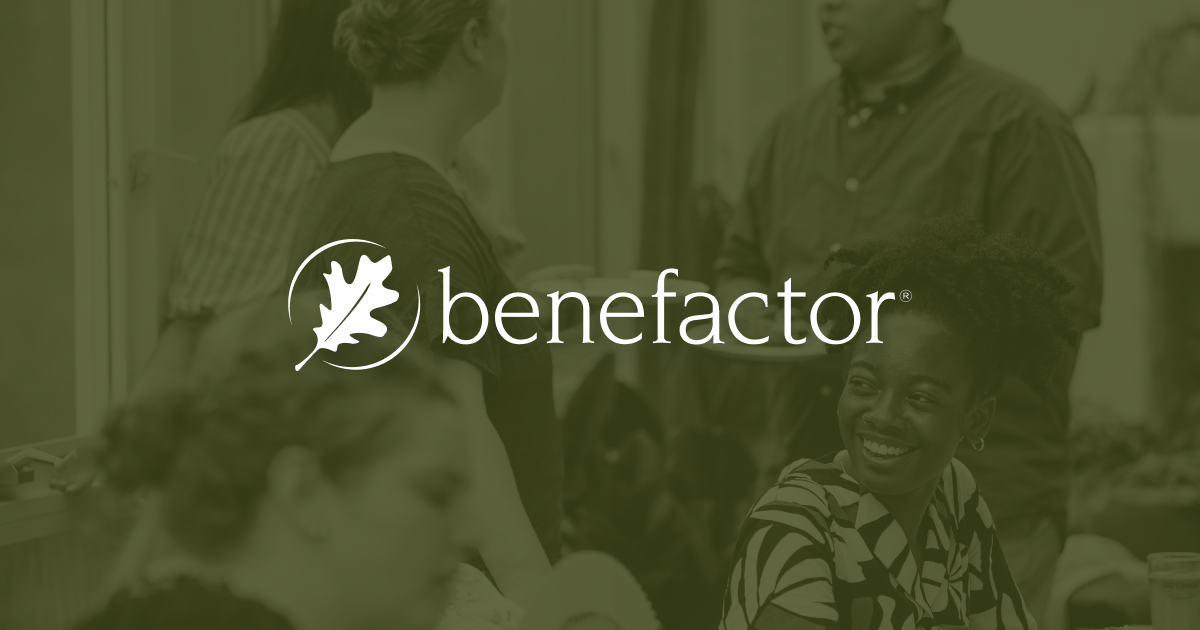Have you ever felt that a prospective donor was so different from you that you had no idea how to make a connection? Have you walked up to the front door of a donor’s home scared that the two of you have nothing in common? I certainly have.
As development officers, gift planners, and nonprofit executives, we find it challenging to connect with donors and prospective donors who are different from us. These differences can include economic and social status, generational and professional position, race and ethnicity, gender and gender identity, restricted physical, psychological and mental ability, lifestyle choices, and many other characteristics.
As our North American population becomes more diverse, it is increasingly important that we gain skills to build relationships with a wide variety of people. After all, we know that cultivating prospects and stewarding donors are built on trusted personal relationships. Yet how do we develop such relationships with people who may be 30 years older, raised on another continent, or more highly educated—sometimes even famous?
One of the first steps toward building new relationships is to recognize that differences can become barriers between us and our donors. As Claire Raines and Lara Ewing state in their book published in 2006, The Art of Connecting: How to Overcome Differences, Build Rapport, and Communicate Effectively With Anyone, “we must build bridges that cross our differences to connect our similarities.”
Acknowledge the differences out loud, and then work to discover commonality. I remember when I first met a retired four-star general who owned a national trucking company and four homes spread out across the country. His lifestyle and mine had little in common. “I’d love to hear you talk about your childhood and your current life,” I said, “because your experiences are so different from mine, I wonder what we have in common?”
“I bet we have more in common than you think,” he said. “For instance, do you like ice cream?” We went on to find other shared interests: we both had three children, we both loved music, and we both cared deeply about the organization I worked for at the time.
Raines and Ewing describe what they call The Titanium Rule: “Do unto others according to their druthers.” Yet how do we find out what those “druthers” are? We build our knowledge and skills in many different ways, not through a single approach. Some useful techniques include working and playing in diverse groups; talking face-to-face; asking questions that matter and really listening to the answers for cues; and taking other points of view than the one most comfortable.
Working in Diverse Groups
Stretch yourself to become involved in diverse groups—through work, play, your neighborhood, volunteer activities, and social and civic associations. Becoming acquainted with people outside your usual comfort zone will broaden your perspective and lessen your anxiety about different people. Attend celebrations and festivals of various ethnic groups. Even though you may feel awkward and uncomfortable at first, strike up conversations with people you would like to learn about and know better. Uneasy relationships can evolve into appreciative friendships through discovering similarities and sharing experiences.
Visiting Face-to-face
There is no better way to overcome differences than by talking directly face-to–face with the other person. However, sometimes it is hard to get a personal meeting. This is where your network is critically important. Board or staff members, or other volunteers, can often provide introductions for you with the desired person. I have found that couching the request for a visit in terms of asking for advice is usually effective. There may be a specific way to connect with an ethno-cultural community that is considered respectful and proper, such as contacting an elder to act as an intermediary.
Asking Questions and Really Listening
Once the visit has been scheduled and confirmed, do your homework. Several days before the visit, write down several open-ended questions that can get the conversation going and uncover those things that give meaning to the donor’s life. This is not to suggest that you plow through a list of questions or a personal inventory with the donor. You want the prospective donor to share information and values, not feel put on the spot or the subject of an inquisition. Do not become so attached to your pre-selected questions that you neglect to follow the conversational lead of the prospective donor. A picture of personal information and core values will emerge as the relationship with the donor develops.
Taking Other Points of View
Overcoming psychological and communication barriers requires intentionally shifting perspectives to see situations from the donor’s point of view as well as from our own. What are the advantages and challenges of the donor’s stage of life? How does it feel to have everyone in town asking for support? What is it like to always “stand out?” Really listen to understand the donor’s experience and values, but remember to contribute your own thinking and experience as well. Building a relationship is a two-way street and involves give and take.
Differences can serve as reasons for celebration if both parties are open to new relationships and if we make the effort to genuinely reach out.





